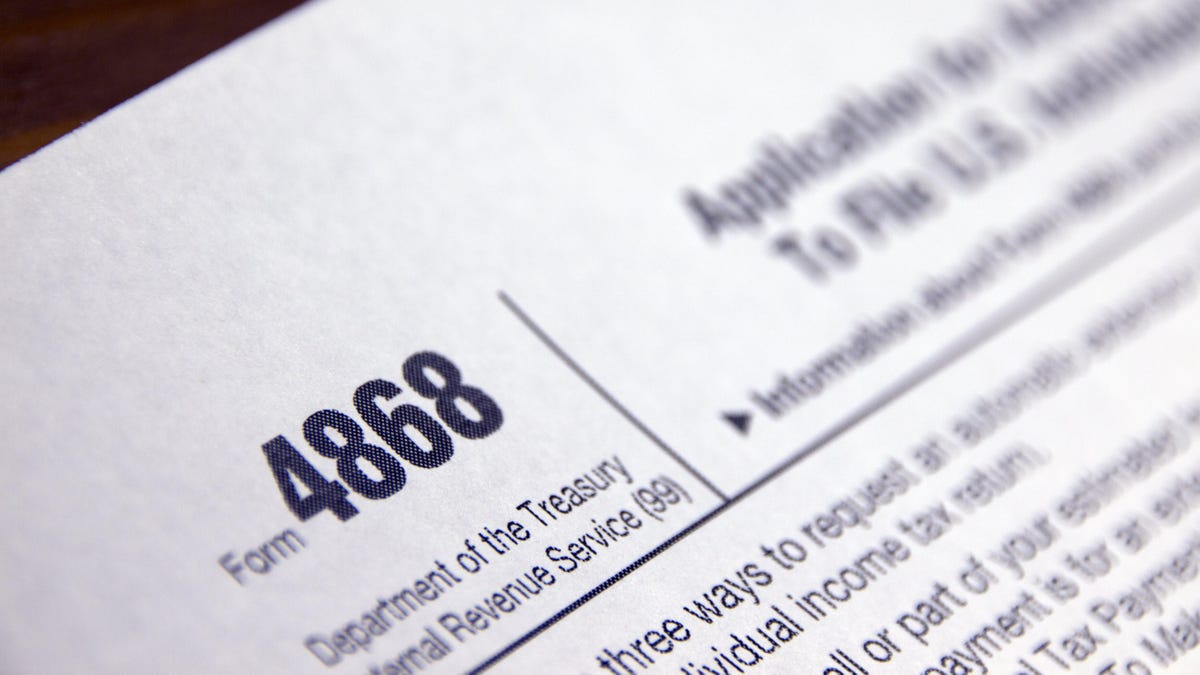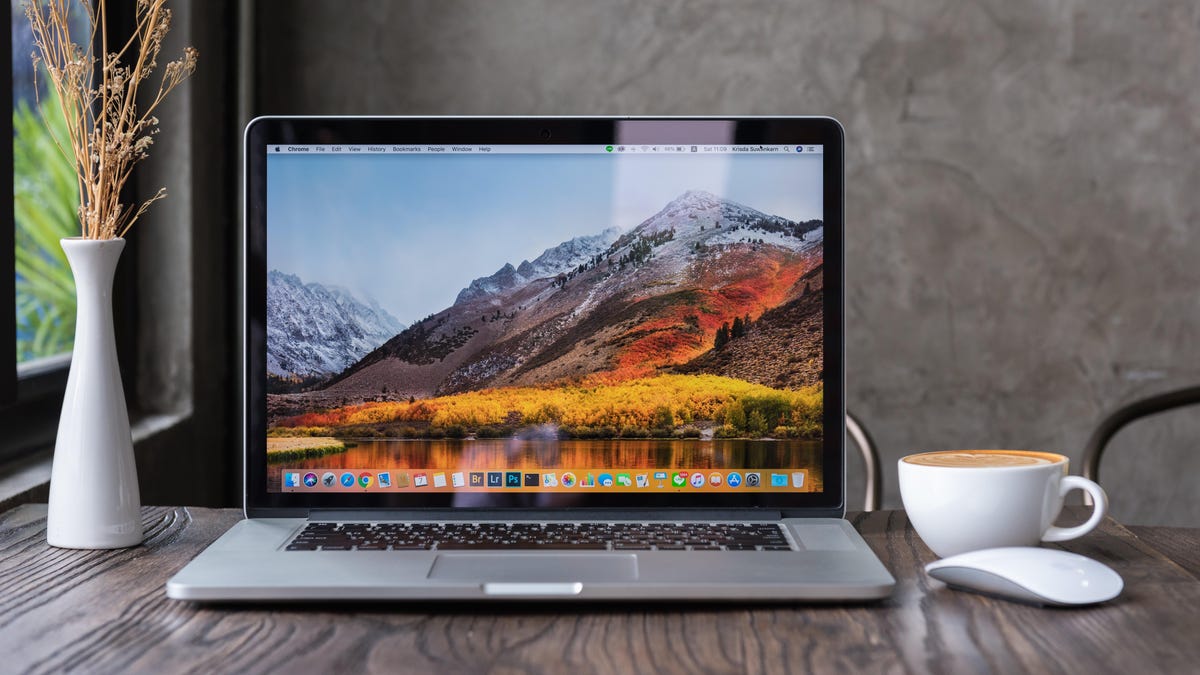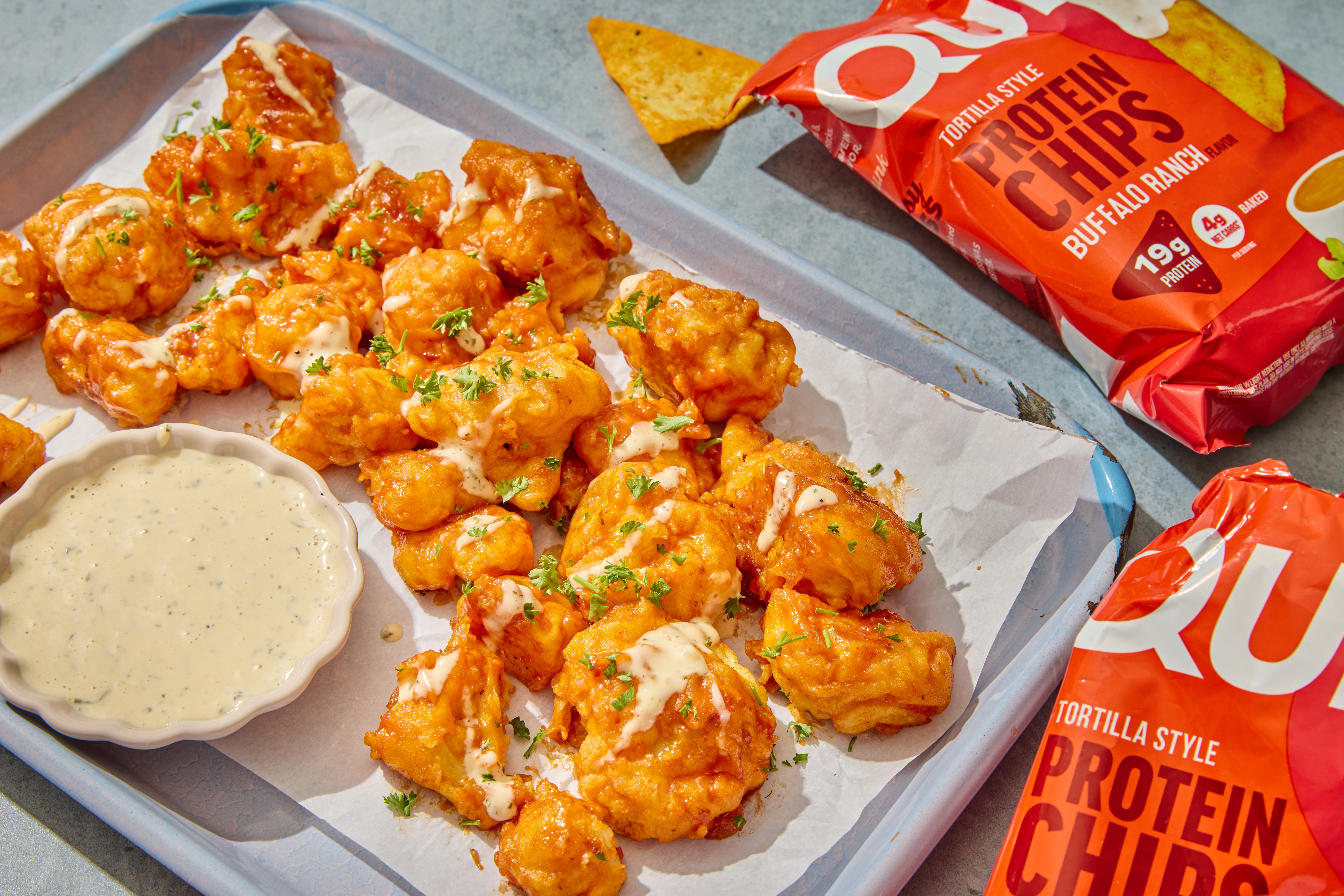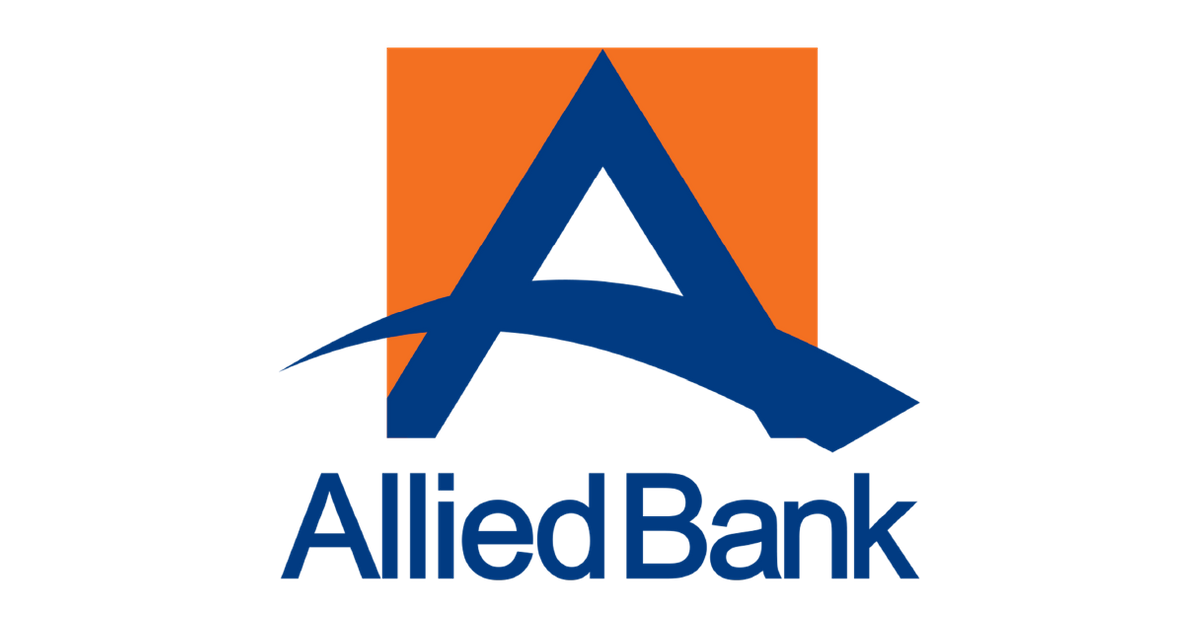The Best Apps to Track Protein
Sometimes you want to make sure you’re hitting your protein targets without putting calories front-and-center.

We may earn a commission from links on this page.

Credit: Beth Skwarecki
Getting enough protein is important for our baseline health, and for supporting athletic endeavors. Calorie tracking apps like my fave, Cronometer, can help you keep track of your protein intake, but sometimes you just want to make sure you’re hitting your protein targets without putting calories front-and-center.
Why you might want to track protein
After all, tracking your macros isn’t just for weight loss. (And weight loss doesn’t require calorie tracking; that’s just one helpful tool, not the only way to do it.) Protein tracking can be helpful if:
You’re trying to gain muscle.
You do a lot of endurance sports (like distance running).
You’re pregnant or lactating.
You’re trying to eat better, and you’ve chosen protein as your focus rather than trying to improve everything at once.
Protein-only tracking is especially popular among people who are getting into the habit of lifting weights. You may need to get out of your calorie- and weight-based comfort zones, and just focus on fueling yourself.
To figure out which is the best protein tracking app, I downloaded the top four protein trackers in the iPhone App Store that are not full-featured calorie trackers. Read on to learn what I found.
All the big protein tracking apps are very simple, and similar
I suppose this is a niche market, but somehow I expected more. The App Store is full of protein tracking apps, and they all have nearly identical interfaces: a circular progress meter for the day’s protein (showing how much you’ve eaten relative to your goal), and a button to let you add the foods you’ve eaten that day. I tested these four:
Protein Tracker (which appears, after installation, under the name ProteinPlus)
Unlike most calorie trackers, though, there’s no way to search for foods for free. Two of them (Hello Protein and Protein Log) don’t have a search at all. The other two (Protein Tracker and Protein Pal) have a search, but it requires a premium subscription.
That means that most of the time, when you’re using these apps, you just have to know how much protein is in the food you’re logging. You can either check a label, Google it, or just know it off the top of your head. For someone like me who has been tracking protein for years, that’s not too hard—of course an egg has 6 grams of protein—but it seriously limits the user-friendliness for beginners.
The best for minimalists: Protein Log

Credit: Protein Log
Protein Log is one of the apps that doesn’t have a search feature. It doesn’t find the foods for you, and it doesn’t help you figure out how much protein you should be eating. It just gives you a place to say “chicken, 44 grams” and adds that to your daily total.
There is a history tab showing what you ate and how much protein each item had. You can also use the calendar to check your protein intake for any day in the past. In the Analytics tab, you can see how much protein you had each day this week, this month, and this year, relative to your target.
Runner-up: HelloProtein is also in the minimalist category, but it has a pretty huge drawback: there’s no way to edit what you ate on previous days. I logged some things yesterday, then woke up this morning and remembered that I needed to log a protein bar. Too bad—no way to add it. HelloProtein does give you an analytics page, but what good are my weekly stats if I know that Monday is missing 20 grams that I know I ate?
Protein Pal has the most features for the best price

Credit: Protein Pal
If you want something with a built in search, Protein Pal is the app you’re looking for. It also recommends a protein target for you, if you like. When you start the app, it gives you a place to enter your protein target, but there is also a “protein calculator” to help you out if you aren’t sure what number to pick. It recommended that I aim for 110 grams of protein per day, which is about 0.73 grams per pound of body weight and fits right in with the recommendations for muscle gain (which was the goal I entered).
Once you’ve decided on a target, this app behaves a lot like my minimalist pick, Protein Log. The main difference is the search, which is available under the pro subscription ($3.99/month or $23.99/year, with a 7-day free trial). You can now find foods through a text search (“powered by FatSecret,” it says) or a barcode scanner (“powered by” and then there’s a green icon I don’t recognize).
Both are a bit clunky. The barcode scanner will display results, then immediately scan its surroundings again, so you need to move the camera away from the thing you just scanned if you want to actually enter it. Disappointingly, the database is not always accurate. My favorite protein bar, Barebells Salty Peanut, registered in the app as containing 16 grams of protein when the label says it has 20 grams.

Credit: Beth Skwarecki
Runner-up: Protein Tracker/ProteinPlus is a similar app with similar features; its search even gave the same, incorrect 16 grams of protein for my Barebells bar. It also gave me a 7-day free trial before charging $24.99/year, but the month-by-month cost is $9.99—a full $6 more each month than Protein Pal. (Protein Tracker has a slightly nicer looking interface for the search, but I’m not paying an extra six bucks just for that.) When I went into my subscriptions (under iPhone Settings > Apple ID) I noticed that there were two yearly options, one for $24.99 and one for $19.99. If you end up going with this app, make sure to pick the cheaper one, because paying $5 extra for no reason is just silly.

 MikeTyes
MikeTyes 
































